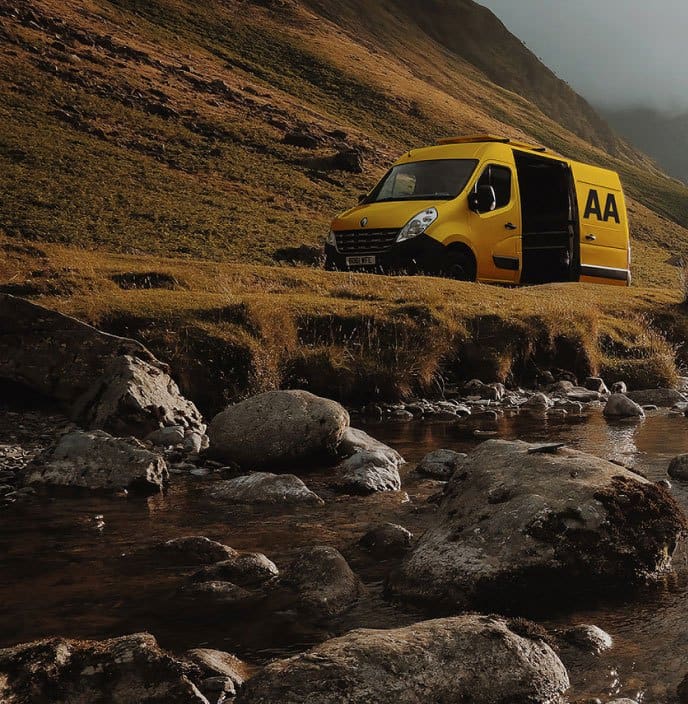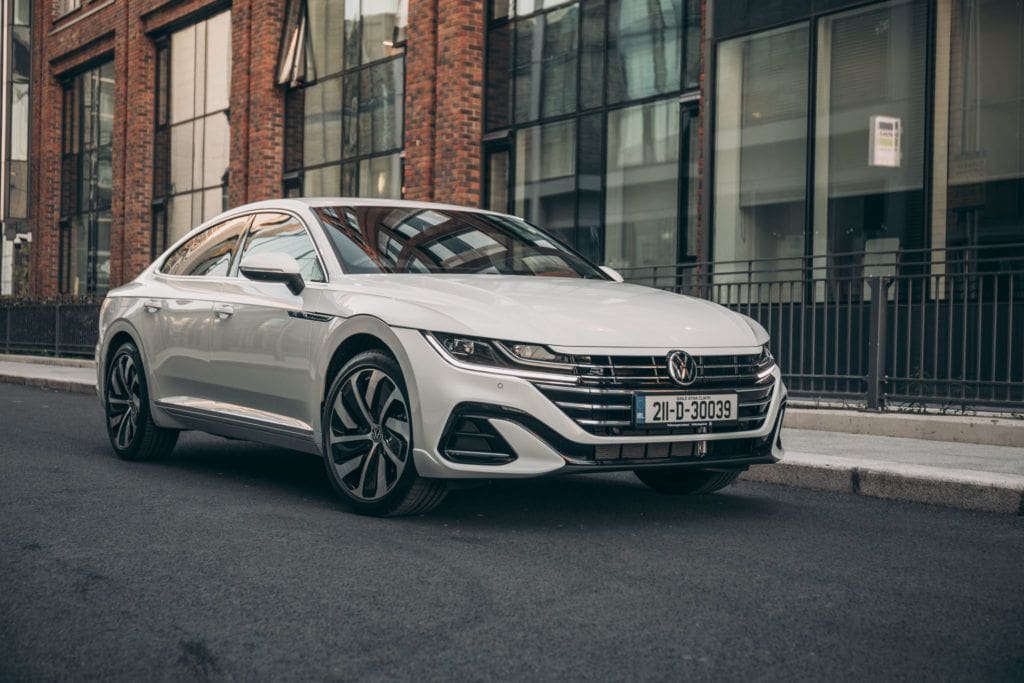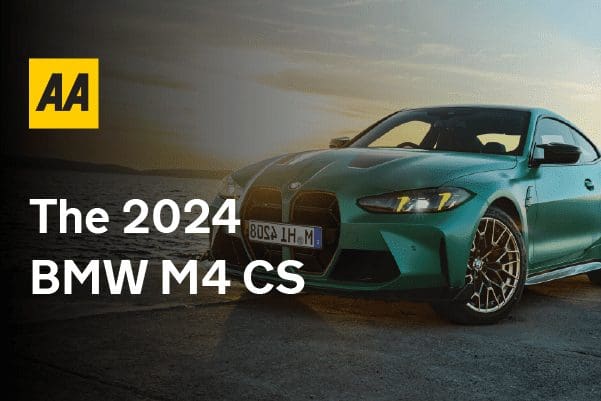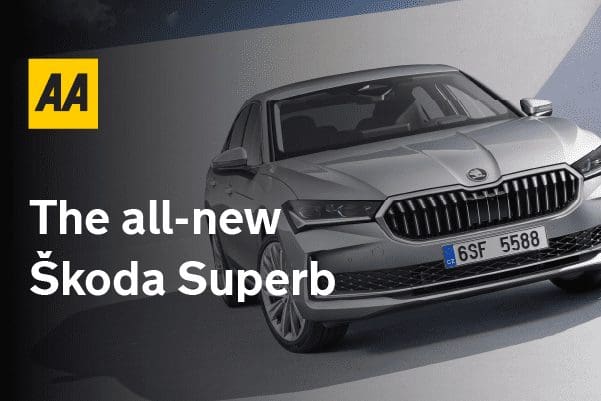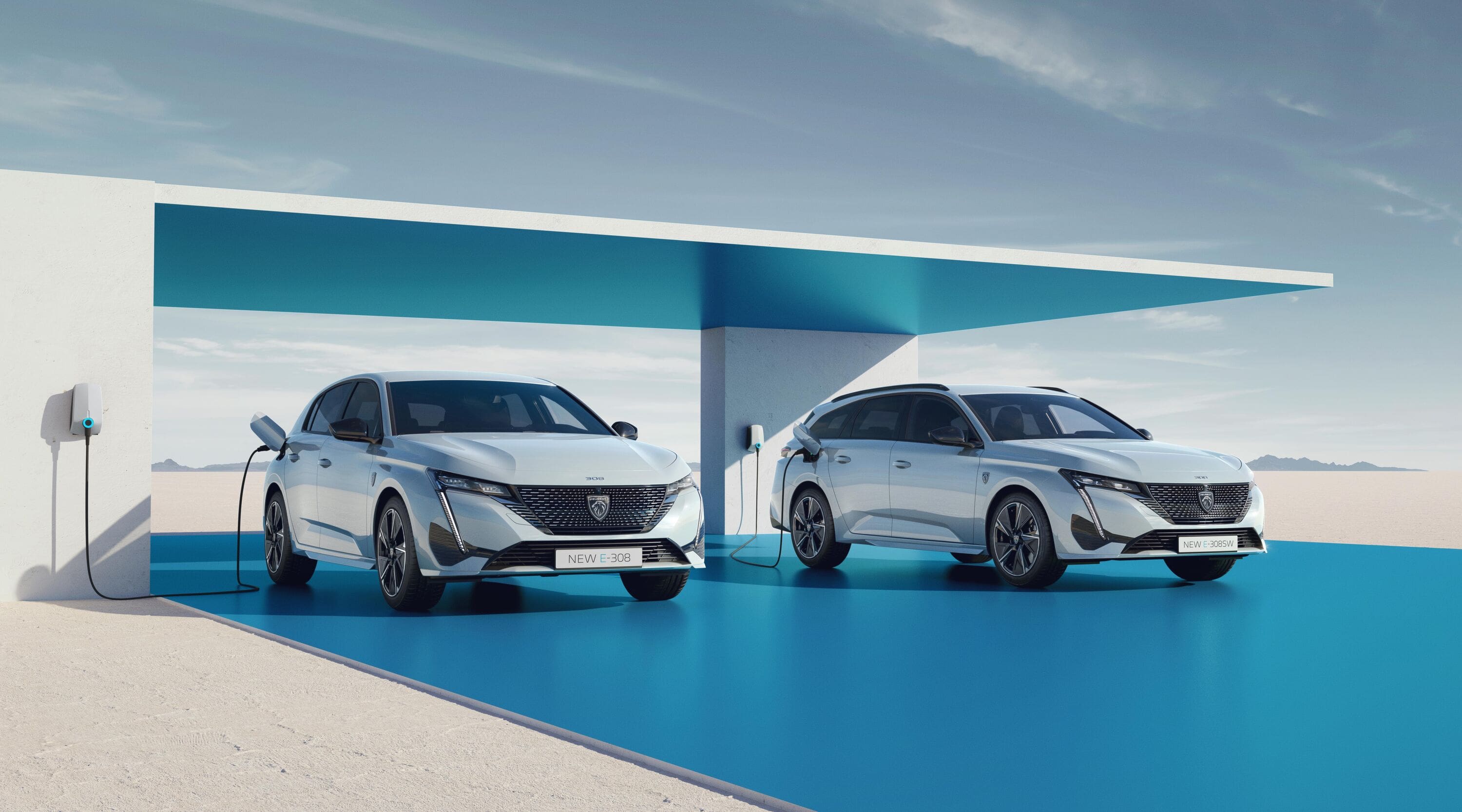GOOD STUFF
• The Volkswagen Arteon has Stunning looks, is supremely comfortable and has decent EV capability.
BAD STUFF
• Like any PHEV – pretty pointless unless you keep it charged, but if you do, it can make sense.
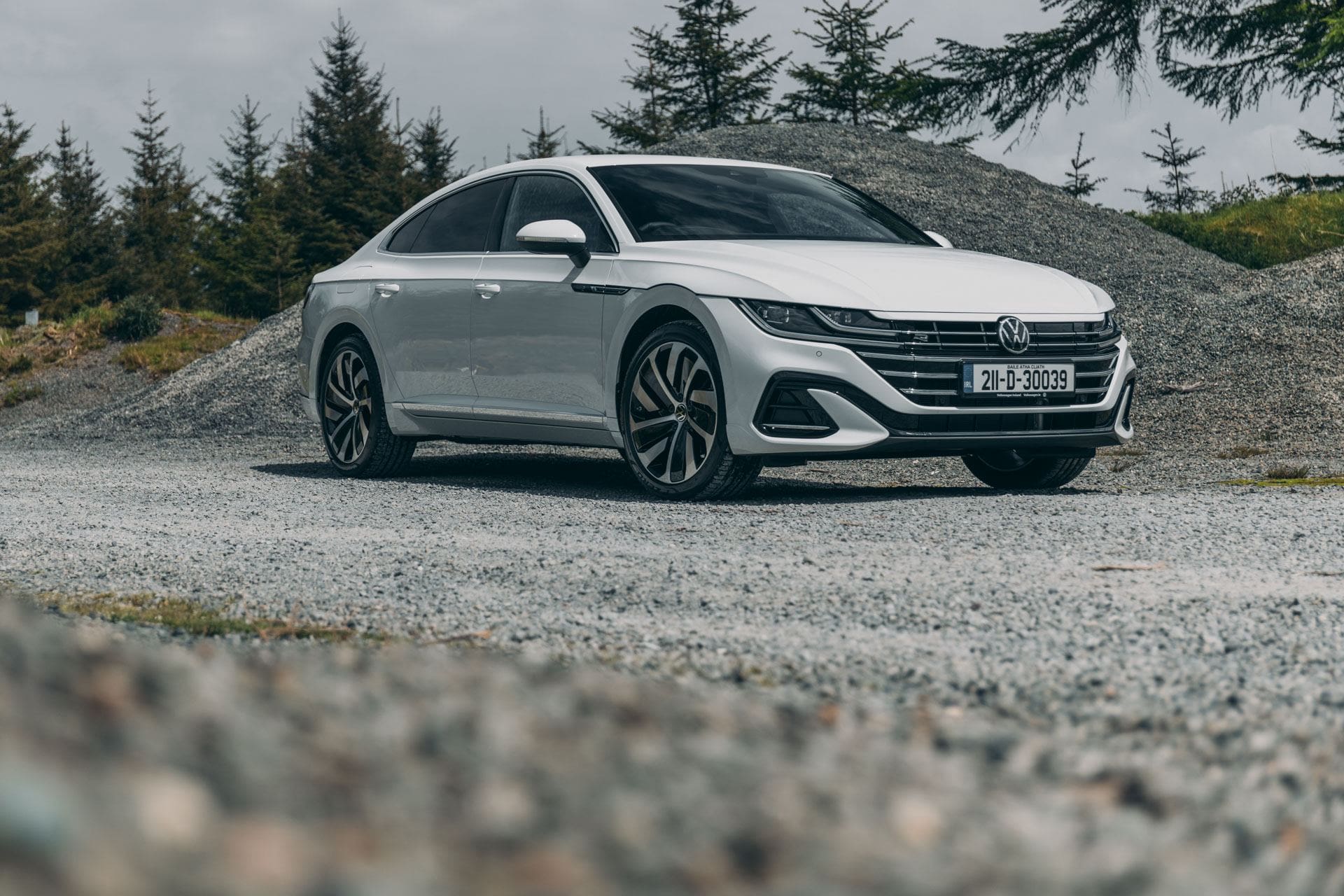
WHAT IS IT?
The VW Arteon is Volkswagen’s latest in a line of coupé-like saloons that started with the Passat CC, which became just the CC, and then was eventually replaced a few years back by this, the Arteon, which is now in its second iteration, having received a refresh last year. This latest version distances itself more from the Passat upon which it is largely based and there is of course now a totally additional body style option in the form of a Shooting Brake version. But here, we are driving what is a new powertrain for the Arteon, albeit not a new powertrain for Volkswagen, the PHEV (Plug-In Hybrid Electric Vehicle) version in the shape of the eHybrid. This version combines a regular 1.4-litre TSI petrol engine with a 13 kWh lithium-ion battery to provide a total of 218hp and 400Nm of torque. Volkswagen says that this car can travel up to 59 kilometres on electric power only, which from practice doesn’t happen, but something in the 40s is more realistic and this is still a pretty decent EV-only driving range for someone doing a short daily commute. If you have a charging point at home, which you can mark down as essential if for this car to make sense as a purchase, then you could find this car could be a very economical car to run.
HOW ABOUT THE LOOKS?
As we always say here, the looks of a car are quite subjective, but perhaps few would argue that the Arteon is anything other than a beautiful car to look at. This is the second version of the car, which was first launched in 2017. The distinctive features include, in particular, the front-end with a new continuous light strip, chrome bars and new air intakes at the bottom. The radiator grille and the long, wide bonnet are combined as a unit and there is a pretty LED light signature at the front and rear. This writer thinks the Shooting Brake model is even prettier, but sales don’t seem to be reflecting that so far with this latest version. Our car was a pretty standard, out-of-the-box R-Line version which comes with 19” Montevideo black alloy wheels and R-Line bumpers.
WHAT IS THE INSIDE LIKE?
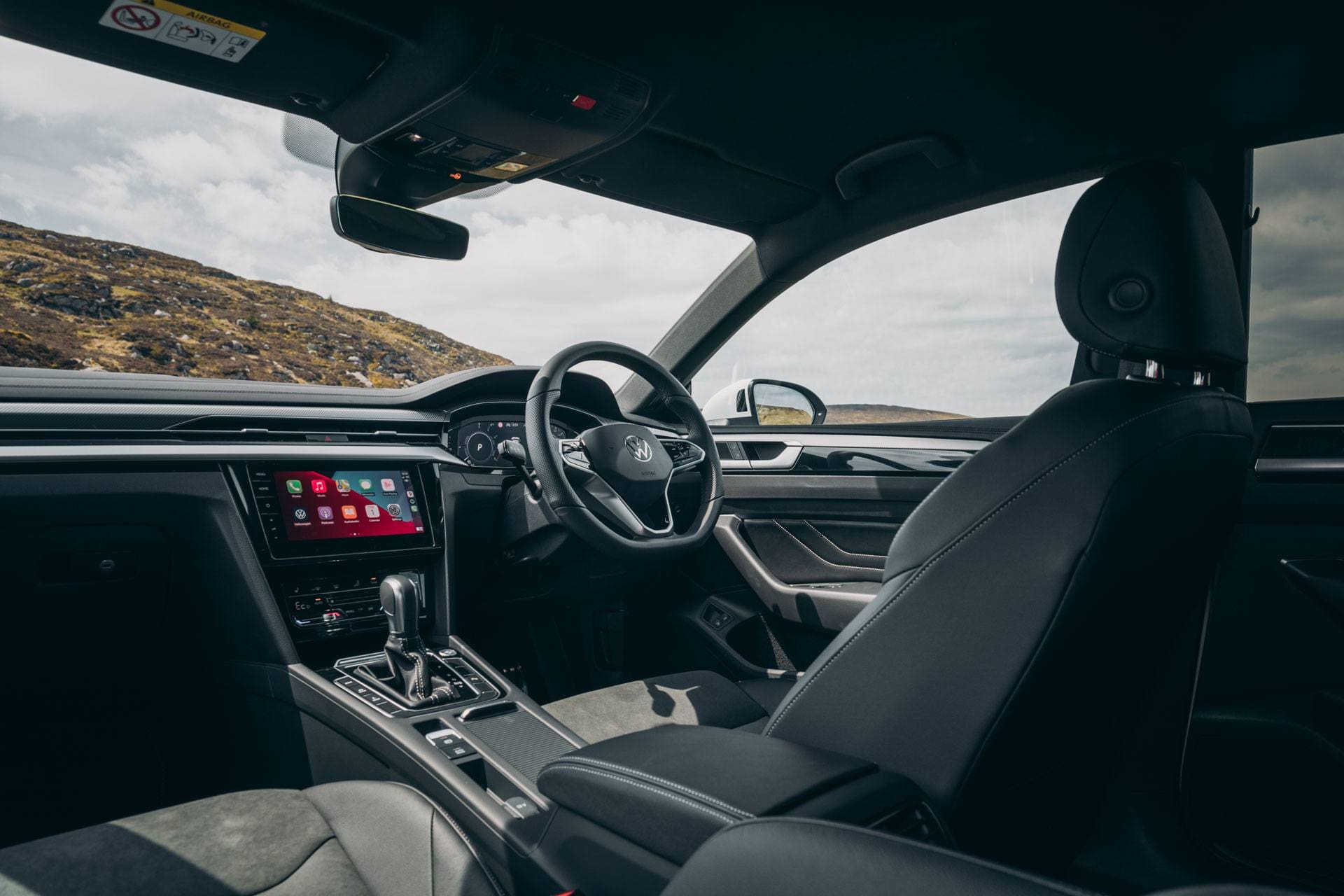
One of the criticisms of the first Arteon model was that the interior didn’t feel special enough and this was something that the designers themselves acknowledged right from the outset and it does appear that this has been set right with the new model which has adopted a much more upmarket feel to the interior and there has been a palpable lift in quality too. The car sits on the brand’s MQB platform and this means that it offers generous space on the inside, with rear legroom particularly impressive at 1,016mm. Upfront, Volkswagen’s latest infotainment system works well. Standard on the Arteon is a Discover Media navigation system with an 8” clear glass touch screen, but for the PHEV version, there is an upgrade to a larger screen of 9.2”, as well as wireless mobile phone charging and a very cool Head-Up display. There is 3-zone Climatronic air conditioning as standard and a USB-C interface with a standard USB charging socket. There is also a 230v outlet in the centre console in the rear.
WHAT IS IT LIKE TO DRIVE?
With Ireland’s motoring landscape so dominated by SUVs and Crossovers of various shapes and sizes, to get into a low-slung car is refreshing. The Arteon, despite its sporty intent, is a supremely comfortable car to spend time in and reminds you very quickly why tall SUVs aren’t necessarily the way to go. The PHEV version, as we’ve said above, needs you to have good access to a charger to get the best out of it, because like any PHEV, when you run out of charge, you are a heavy car being powered by a slightly underpowered engine. Sure, you can recharge the battery using the car’s momentum, but this won’t make the fuel economy any cleverer. But if you can charge at home or your office and your daily commute isn’t too long, then you could be making great savings on fuel by driving this car, while still having the certainty and back-up of a standard combustion engine that lets you drive a long distance, right now, without any additional planning. In our week with the car we were averaging around 4.3 litres per 100km, which jumped when we did a longer Dublin – Cork – Dublin run, but overall this is decent for a car of this considerable bulk. The handling is decent in the Arteon, if not particularly engaging. There is the GTE button to give the car a more mischievous outlook, but like most of these things, you will try it a few times before reverting to Eco mode.
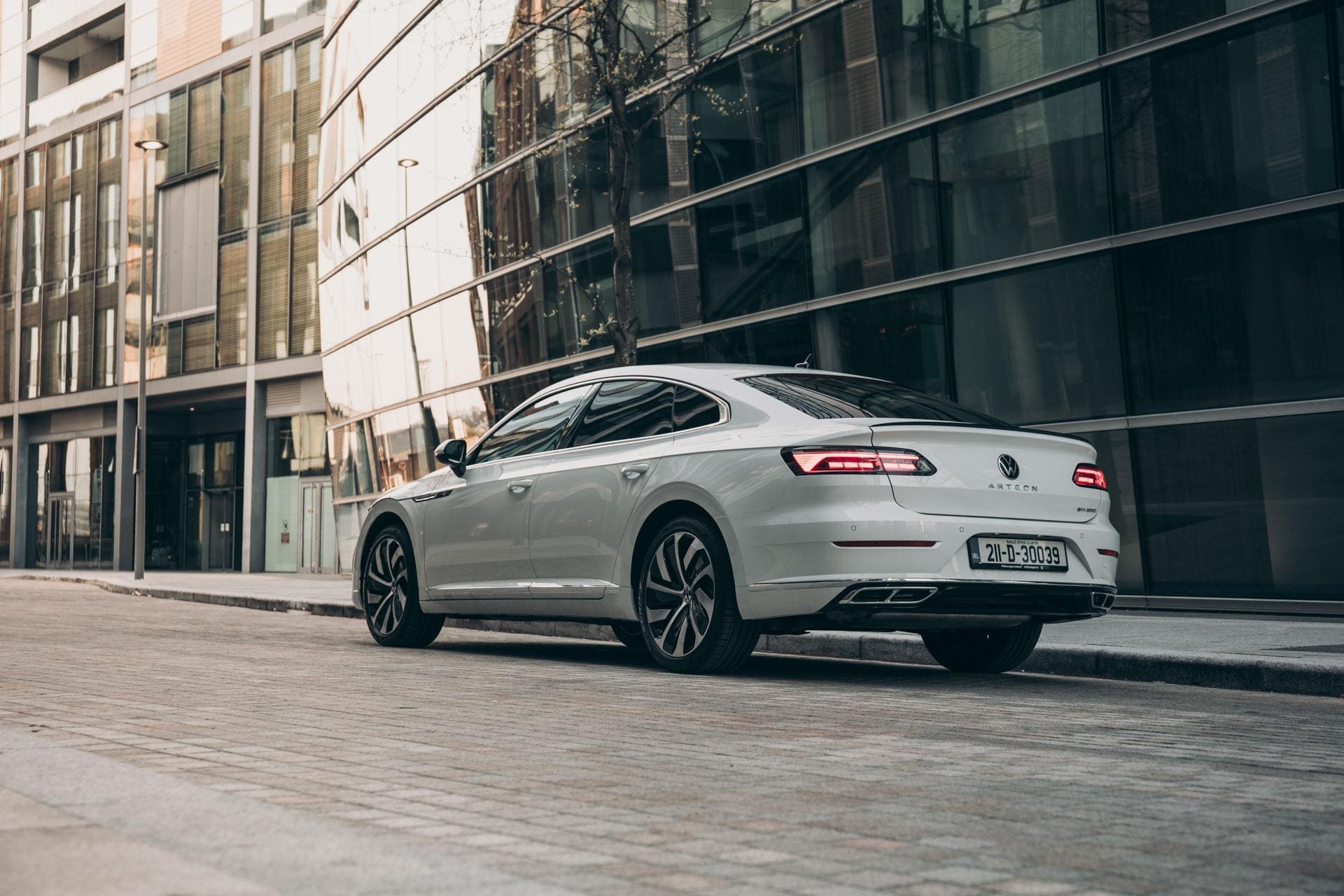
WHICH ONE SHOULD I BUY?
This very much depends on the type of driving you are doing and whether or not you have the capability to put a home charger in your home. There are cheaper rivals, even from within the Volkswagen stable, such as the Passat GTE (€50,940) and Škoda’s top-spec Superb PHEV L&K (€55,015) but if you are intent on an Arteon it will be because you’ve fallen in love with the car’s looks and want to drive something a bit different. For us, this PHEV version is the one we would choose because it has low CO2, low annual motor tax, you can drive it in EV mode, the fuel economy is decent and it is likely to be future-proof of any major tax hikes in the short term. We’d have an R-Line Shooting Brake eHybrid given the choice.
IS IT SAFE?
The Arteon comes with a comprehensive list of Safety Equipment, as standard, including Hill Start Assists, electronic restriction of top speed, electronic stabilisation control with driver steering recommendation, ABS, ASR, EDL, EDTC and trailer stabilisation. There is an Emergency Call system, pedestrian monitoring and re-active bonnet, ISOFIX Anchorage for two child seats in the rear and a Proactive Passenger Protection system in combination with Front assist.
VERDICT:
The Arteon is a beautiful and very likeable car that possibly flies under the radar a bit, lost amidst our current obsession with SUVs. Sure, it isn’t cheap but buyers are habitually spending €50,000 on SUVs right now. It is super refined, performs well as a PHEV, offers good all-round fuel economy and the powertrain keeps it relevant for some time to come.
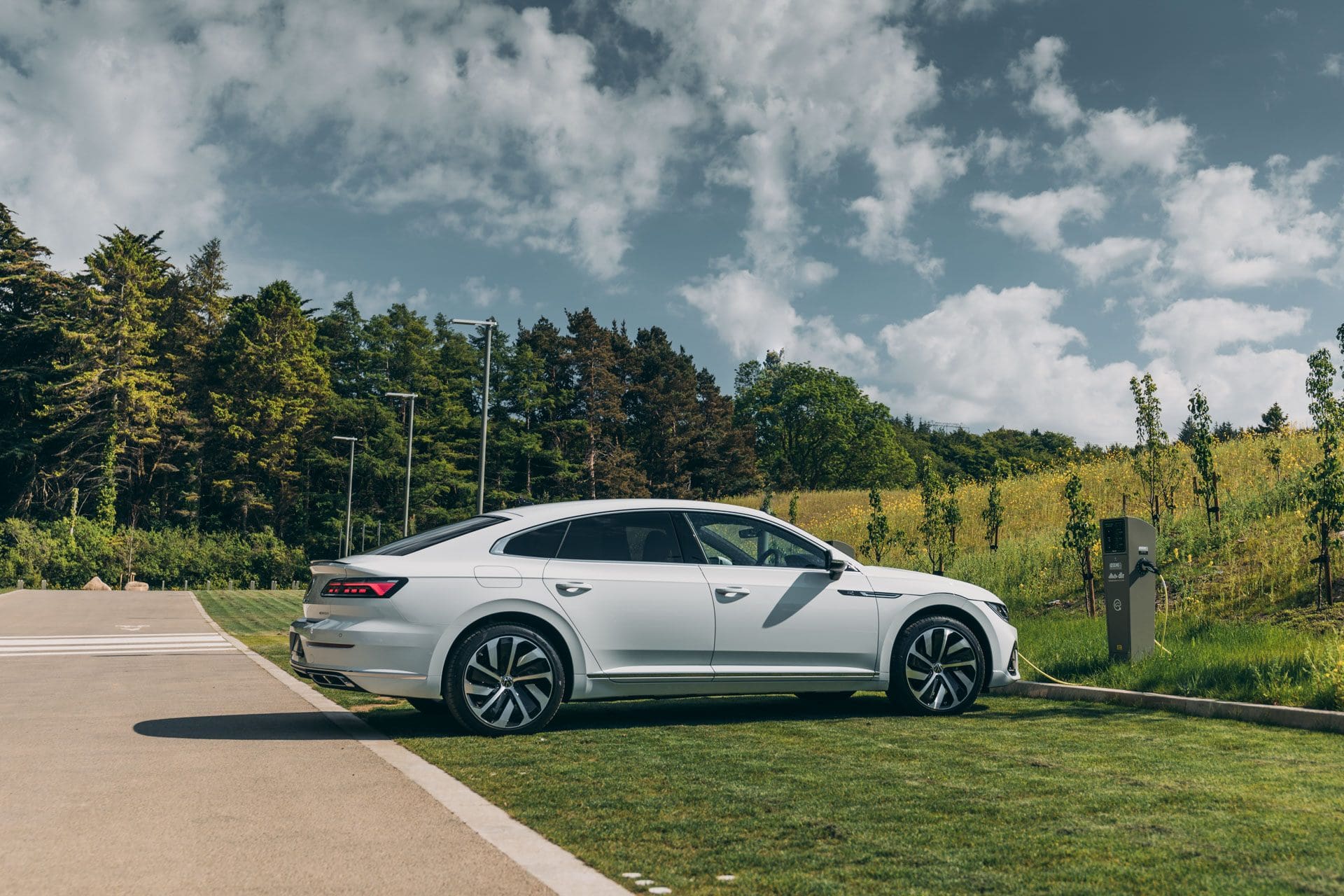
Spec Check:
Volkswagen Arteon R-Line eHybrid
Engine: 1.4TSI PHEV
Power: 218hp
Torque: 250Nm (400Nm total)
0-100km/h: 7.8 seconds
Fuel Economy: 1.3 l/100km
Top Speed: 222 km/h
Transmission: 6-speed DSG auto
Co2: 30g/km
Annual Motor Tax: €140
Luggage Capacity: 563-litres
Price as tested: €59,362
For more information log on to www.volkswagen.ie


